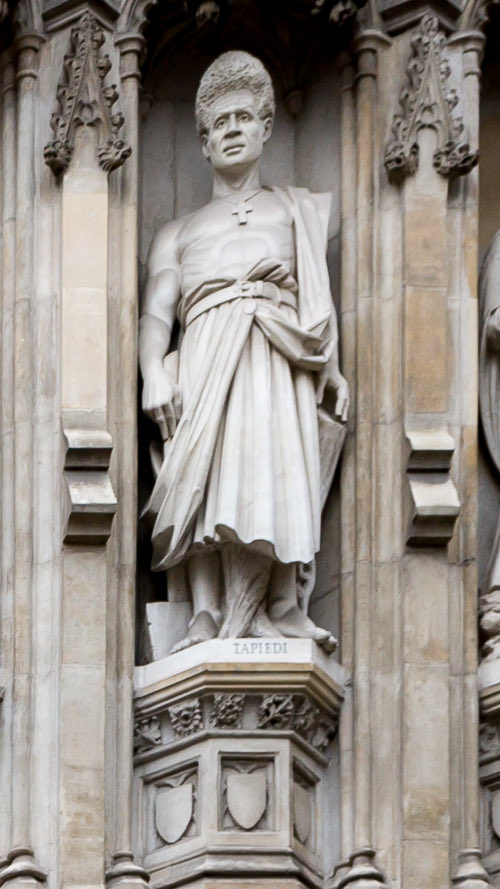Today we remember St. John Chrysostom (347-407).
He was a renowned Archbishop of Constantinople, celebrated for his powerful preaching which earned him the nickname "Golden-mouthed," his extensive biblical commentaries, and his significant contributions to Christian liturgy, particularly in the Eastern Orthodox tradition.
"If you cannot find Christ in the beggar at the church door, you will not find Him in the chalice." - Saint John Chrysostom
He was a renowned Archbishop of Constantinople, celebrated for his powerful preaching which earned him the nickname "Golden-mouthed," his extensive biblical commentaries, and his significant contributions to Christian liturgy, particularly in the Eastern Orthodox tradition.
"If you cannot find Christ in the beggar at the church door, you will not find Him in the chalice." - Saint John Chrysostom

2/ Born in Antioch around 347 AD, John Chrysostom became renowned for his powerful preaching, earning the epithet "golden-mouthed".
As Archbishop of Constantinople from 397 AD, he boldly spoke against corruption in both church and state, leading to conflicts with the imperial court and his eventual exile.
As Archbishop of Constantinople from 397 AD, he boldly spoke against corruption in both church and state, leading to conflicts with the imperial court and his eventual exile.

3/ He left a vast collection of writings, including over 700 homilies, biblical commentaries, and treatises on Christian living and the priesthood.
Chrysostom emphasised literal interpretation of Scripture, expository preaching through books of the Bible, and practical application of Christian teachings.
Chrysostom emphasised literal interpretation of Scripture, expository preaching through books of the Bible, and practical application of Christian teachings.

4/ His contributions to Christian liturgy, particularly the Divine Liturgy that bears his name, continue to influence Eastern Orthodox and Eastern Catholic worship.
He is recognised as a Doctor of the Church, Chrysostom's teachings on justice, pastoral care, and biblical exegesis remain influential in Christian thought and practice.
He is recognised as a Doctor of the Church, Chrysostom's teachings on justice, pastoral care, and biblical exegesis remain influential in Christian thought and practice.

🙏🏻
O God, our heavenly Father,
who didst raise up thy faithful servant John Chrysostom to be a pastor in thy Church and to feed thy flock:
Give abundantly to all pastors the gifts of thy Holy Spirit, that they may minister in thy household as true servants of Christ and stewards of thy divine mysteries;
through Jesus Christ thy Son our Lord, who liveth and reigneth with thee, in the unity of the Holy Ghost, ever one God,
world without end.
Amen.
O God, our heavenly Father,
who didst raise up thy faithful servant John Chrysostom to be a pastor in thy Church and to feed thy flock:
Give abundantly to all pastors the gifts of thy Holy Spirit, that they may minister in thy household as true servants of Christ and stewards of thy divine mysteries;
through Jesus Christ thy Son our Lord, who liveth and reigneth with thee, in the unity of the Holy Ghost, ever one God,
world without end.
Amen.

🧑🧑🧒🧒We’re a church without a building right now.
🙋🏻♂️Can you help us?
⛪️We can do so much more to bring people to Jesus and to serve the community if we had a building of our own.
🥅Please donate or share to reach our goal.
Thank you.
🙏🏻
👉🏻 democracythree.org/saveachurch
🙋🏻♂️Can you help us?
⛪️We can do so much more to bring people to Jesus and to serve the community if we had a building of our own.
🥅Please donate or share to reach our goal.
Thank you.
🙏🏻
👉🏻 democracythree.org/saveachurch
@threadreaderapp unroll
• • •
Missing some Tweet in this thread? You can try to
force a refresh






















